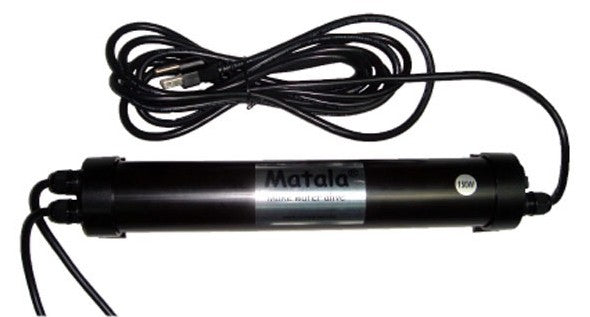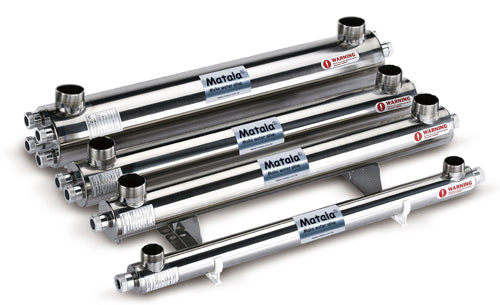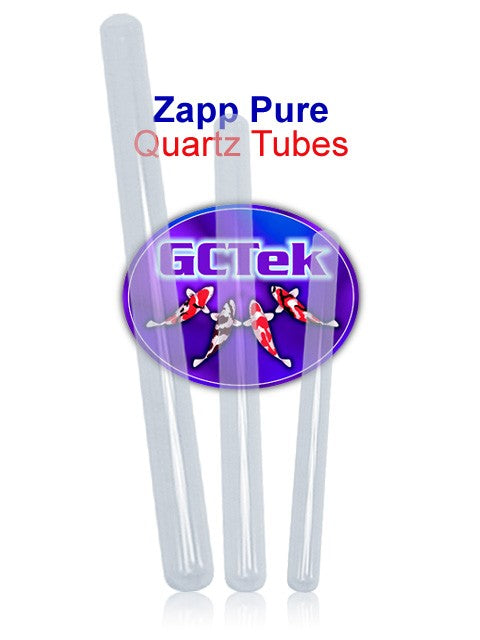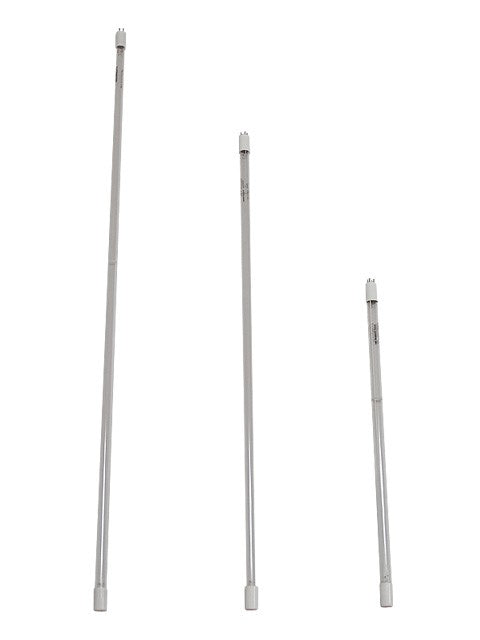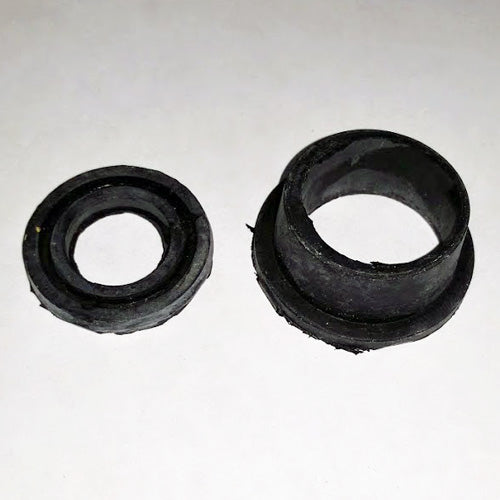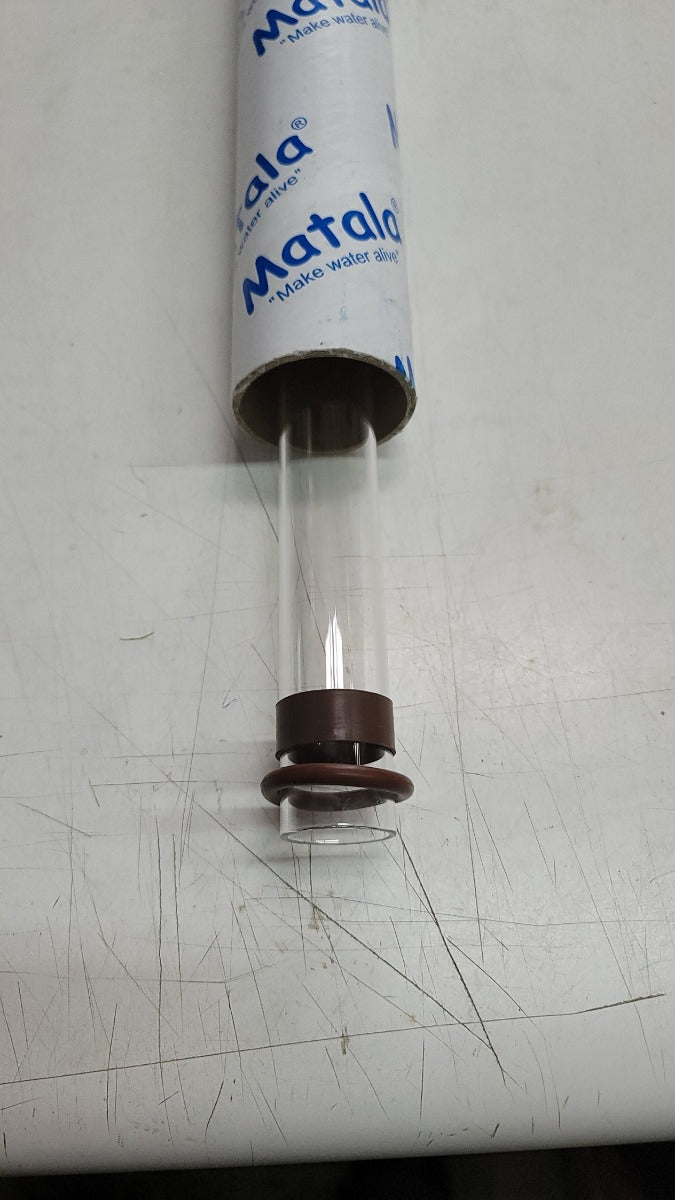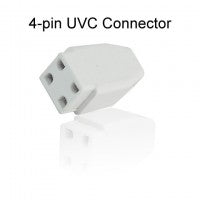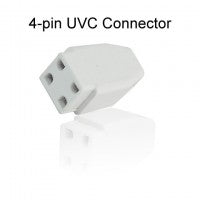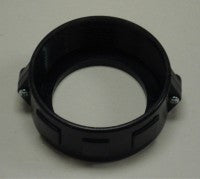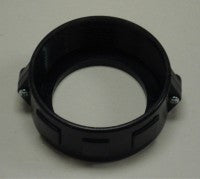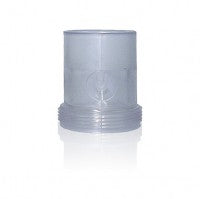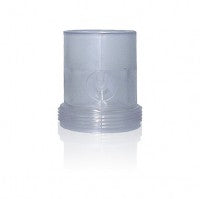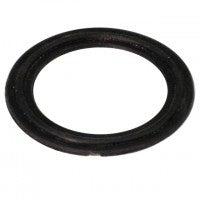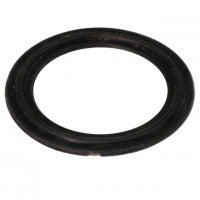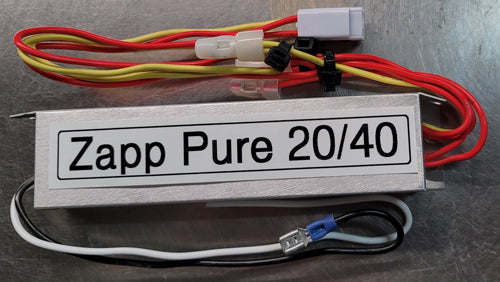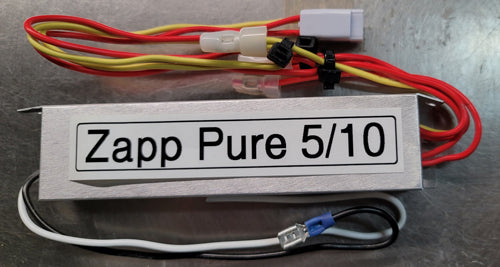Ultraviolet sterilizers (UV lights) are a very effective way to control green water algae in ponds, as well control other unwanted elements like bacteria and parasites.
Ultraviolet Sterilization is a proven, dependable and effective method for controlling and eradicating algae spores, bacteria and protozoa present in the water source Ultraviolet rays alter or disrupt the DNA and RNA of target organisms. By properly implementing a UV light in your system, the targeted organisms can be eradicated effectively without any harmful residuals.
UV lights or UV clarifiers can be used to control the amount of harmful bacteria and parasites in your pond, while creating a healthier environment for your pond ecosystem. When using a UV light as water clarifier, it will clear your pond of green water algae quickly and effectively, without the use of algaecides.
*µWs/cm² = exposure to ultraviolet light of 253.7 nm wavelength in microwattseconds per square centimeter.
If a UV light is flow rated for 15,000 µWs/cm² and you want 30,000, either double the number of lamps or reduce the flow by half, and so on for higher dosages.
Low-pressure mercury type UV lamps are best suited to germicidal action because the primary radiation generated by these lamps consists almost exclusively of a spectral wavelength of 254 nanometers, which is close to the maximum peak germicidal effectiveness wavelength of 265 nanometers. This gives the low-pressure mercury type lamps an exceptional 40 percent UV energy efficiency rate between input watts and UV output watts.
Ultraviolet light can be very effective at eliminating viruses, bacteria, algae and fungi. The required UV exposure rate to irradiate common bacteria is 15,000 µWs/cm² , while the required UV exposure for waterborne algae is 22,000 µWs/cm² . Since it is the intensity of light that is doing the killing, we must know how much light energy to use and how much is reaching the target. Just as some sunglasses and sunscreens reduce UV intensity, so do discolored water, turbidity, dirty quartz sleeves and even some dissolved salts, such as sodium thiosulfate. Lamp temperatures may even reduce output when operated in cold water (110°F gives maximum UV output).

